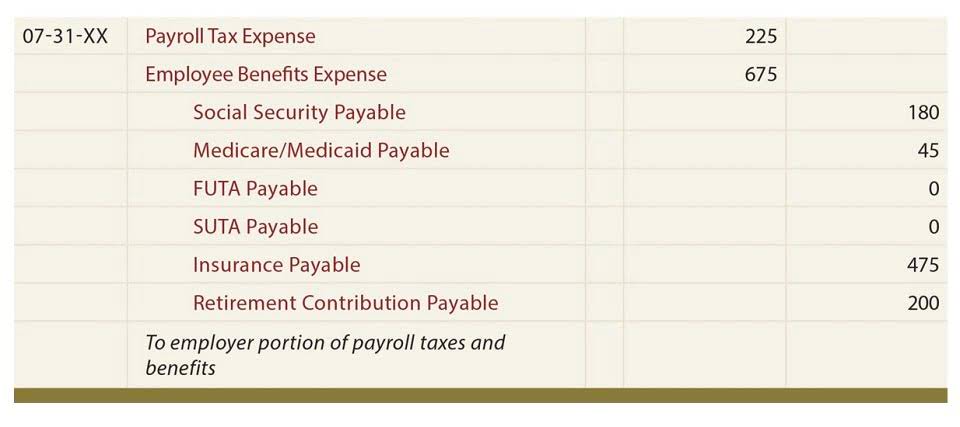28 Sep. 21
Church Accounting: Ultimate Guide + Best Practices to Know

Church accounting software is an essential tool for managing the finances of a religious organization. Choosing the right software can make a significant difference in the efficiency and accuracy of accounting processes. https://www.instagram.com/bookstime_inc When selecting church accounting software, there are several key factors to consider. The Statement of Functional Expenses is an essential financial report for nonprofit accounting. This statement offers a detailed breakdown of an organization’s expenses by function and nature during a specific accounting period, usually a fiscal year. The statement of activities is a vital financial report for a non-profit organization that offers a comprehensive view of its financial performance.

How to Train and Support Church Financial Volunteers?
- If your church decides to file annually with the IRS to limit the chances of auditing and build trust with their members, you must file Form 990.
- The software should also handle administrative work, like incoming and outgoing payments, and budgets.
- Since churches don’t operate with an owner or owners, they’ll produce a Statement of Financial Position, which shows the organization’s liabilities and assets.
- If you’re using Donorbox for church fundraising, managing your finances is a breeze with Donorbox’s powerful integration with QuickBooks.
- Includes a free mobile app (iOS and Android) for church staff and full congregation.
It is good policy to require the signature on the check to be a different person than the person preparing the check. Often, two signatures are required for checks exceeding a pre-determined amount according to church policy. For example, your data tells you your church has lots of attendees but few donors. Your leaders can use prayer, discerning conversations, and helpful numbers to make a strategic decision to teach about stewardship. A quality bookkeeping software turns this data into graphs so you can identify month-over-month trends. These processes protect your money and your people https://www.bookstime.com/articles/trade-discount from mismanagement, fraud, and off-mission spending.

Statement of Financial Position
It differs from the income statement used by for-profit businesses, with a focus on financial accountability, transparency, and alignment with the organization’s mission and objectives. Although nearly all churches are tax-exempt organizations, that doesn’t mean your church can write off church accounting tax season! Unlike other nonprofits, most churches don’t have to file an annual tax return via IRS Form 990. However, there are exceptions to this rule, as well as special forms your church may have to complete depending on its income or the state it operates in. Stay up to date on the IRS’s guidelines for church financial reporting to ensure compliance each year.
How to Get Started with Church Accounting
Since churches don’t operate with an owner or owners, they’ll produce a Statement of Financial Position, which shows the organization’s liabilities and assets. Some churches use accrual accounting, which is recording income and expenses when they are earned. An alternative to accrual accounting is cash accounting, which entails recording income and expenses when they are received or paid.


To get started with church accounting, you’ll need to understand a few notable financial resources and reports. The primary difference between church accounting and for-profit accounting is its focus. In general, businesses use accounting to maximize their profits, while churches aren’t legally allowed to turn a profit. Finance Administrator – A knowledgeable person with proven accounting ability should be chosen to hold this position. There experience should include businessplanning and they should be able to focus on the interests of the church organization. Connecting church staff to their accounting records is crucial to maintaining accountability and up-to-date financial status.


